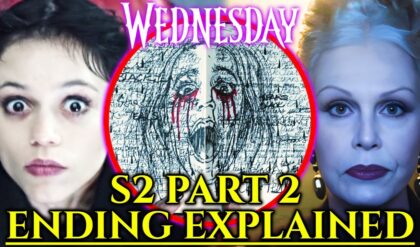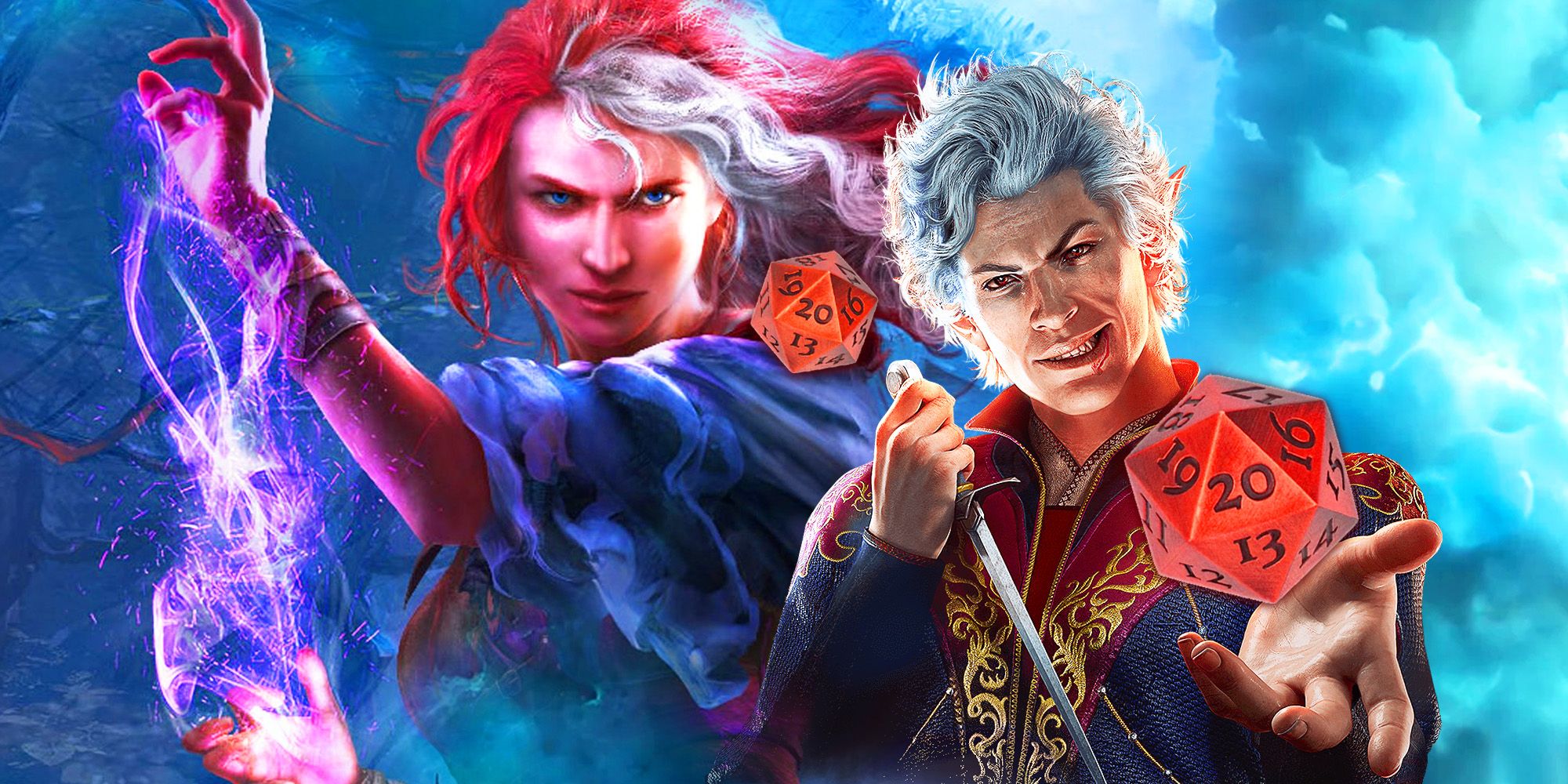
With all of Baldur’s Gate 3‘s features, developer Larian Studios seems to have taken the lessons it learned from Divinity: Original Sin 2 and applied them to BG3. Divinity also added plenty of content after its release and featured a different form of mod support, with an extensive Divinity Engine modding tool but no place in-game to download custom content). Despite this, Larian did not include a version of Divinity: OS2‘s Game Master mode in Baldur’s Gate 3, which seems ironic in light of the Dungeon Master’s central role in D&D.
Baldur’s Gate 3 Would Have Benefitted From Divinity’s Game Master Mode
It Could Have Been The Perfect Entry Point To Play D&D


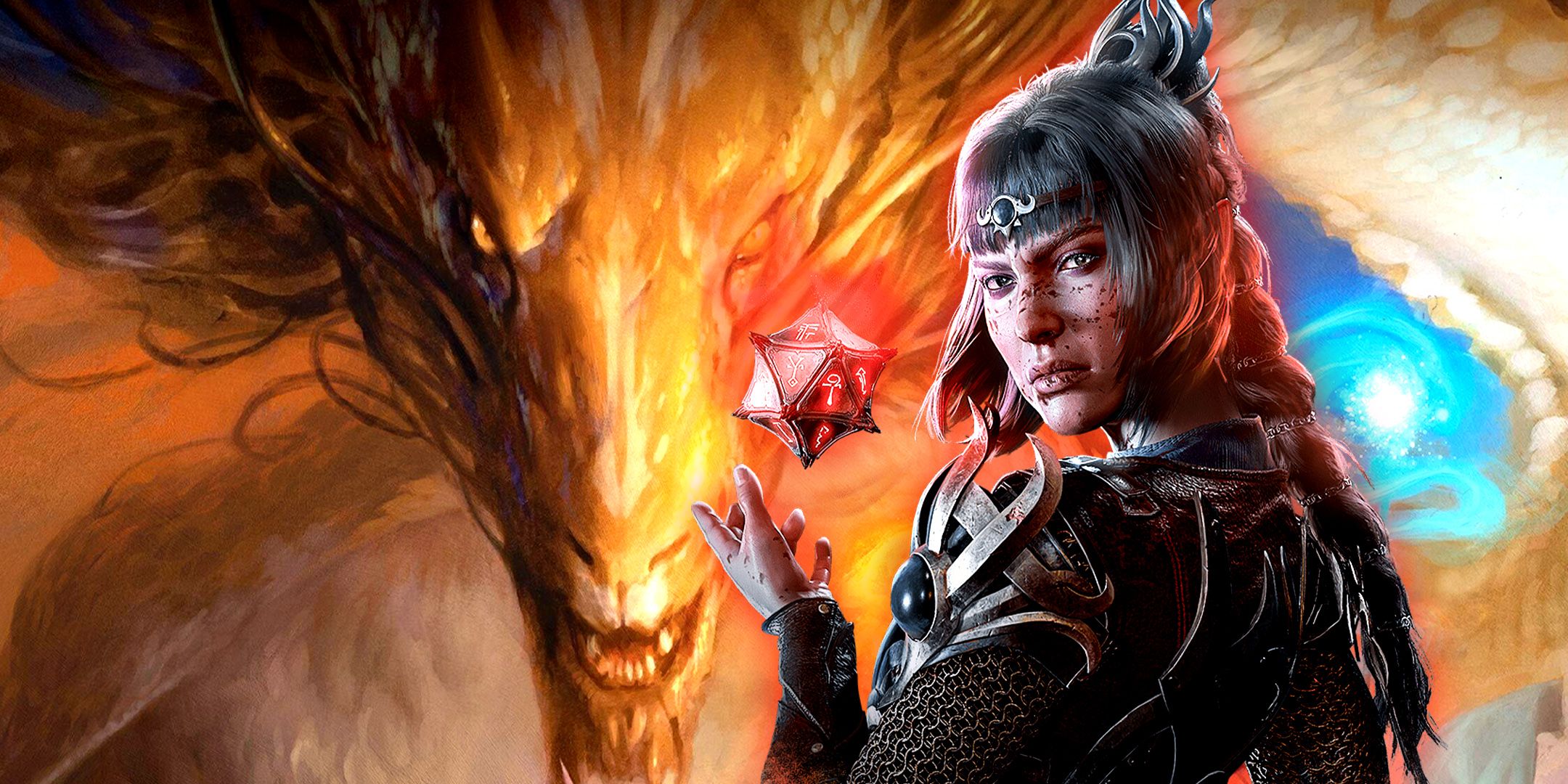

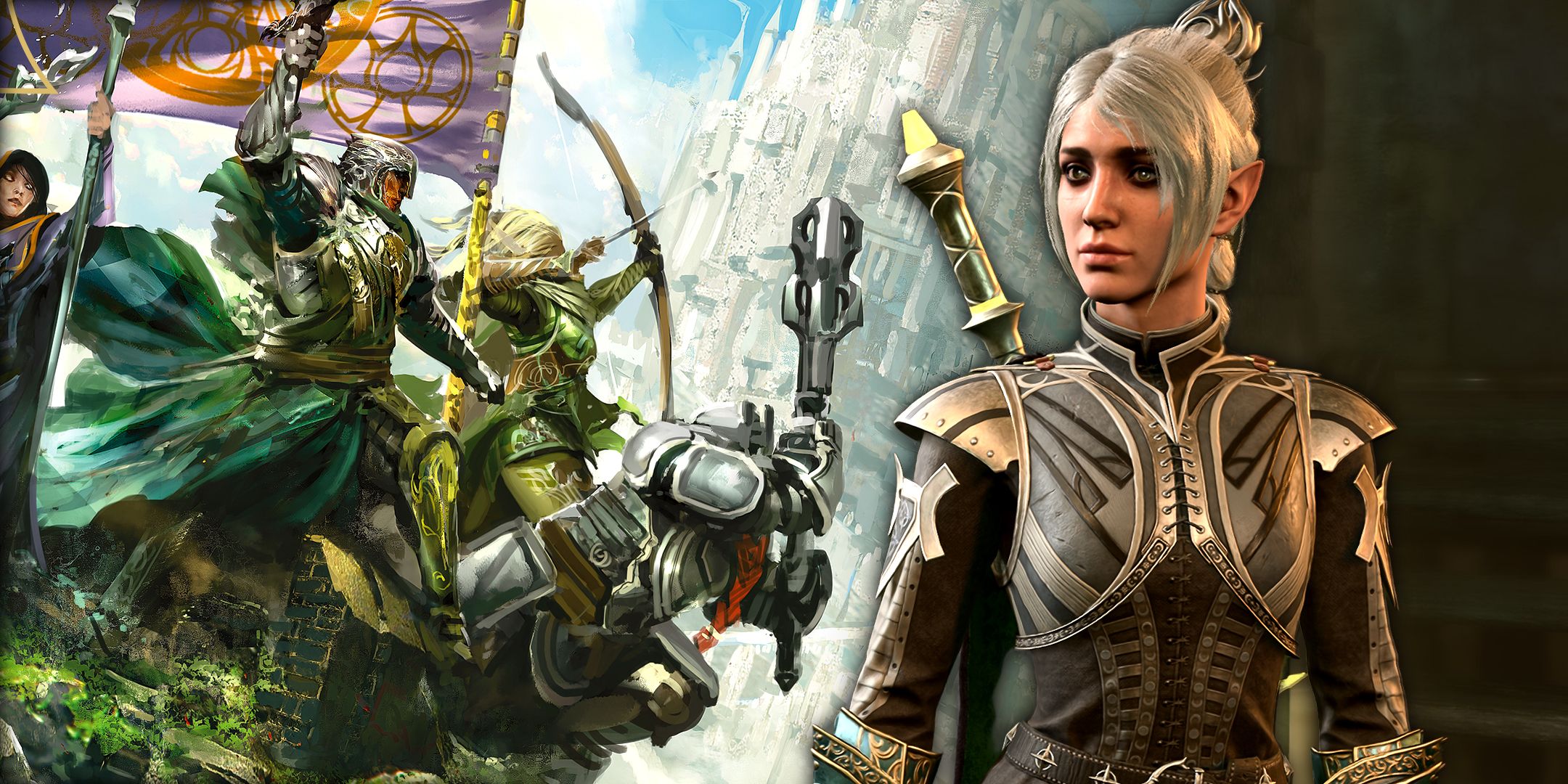





Divinity: Original Sin 2 had a Game Master mode in which a player could host a game using Divinity‘s ruleset and resources, similar to other digital tabletops. The massive advantage DOS2 had was that it was a fully fledged game, with animations, effects, and a wealth of enemies, so it was immediately higher quality than many digital tabletops. It was just limited by the game it was used for. While successful, Divinity has been eclipsed by Baldur’s Gate 3, and its player numbers are but a fraction of 2023’s Game of the Year.
Baldur’s Gate 3 is based on D&D‘s fifth edition, which was released back in 2014 and received a recent set of 2024 rules revisions.
Thanks to Baldur’s Gate 3‘s popularity, a Dungeon Master mode would have been the perfect way for D&D players to introduce their BG3 friends to the tabletop, and the fluid, intuitive gameplay of BG3 could provide a streamlined experience. It has enough character creation options and subclasses to at least get people started, and with its online co-op infrastructure, the title already has the resources to get players together. A Dungeon Master mode could have been a great way to keep players in the world of BG3 without them having to replay the campaign over again.
BG3 Could Have Been The Definitive Digital Tabletop For D&D
Most Don’t Make It To Level 20 Anyway
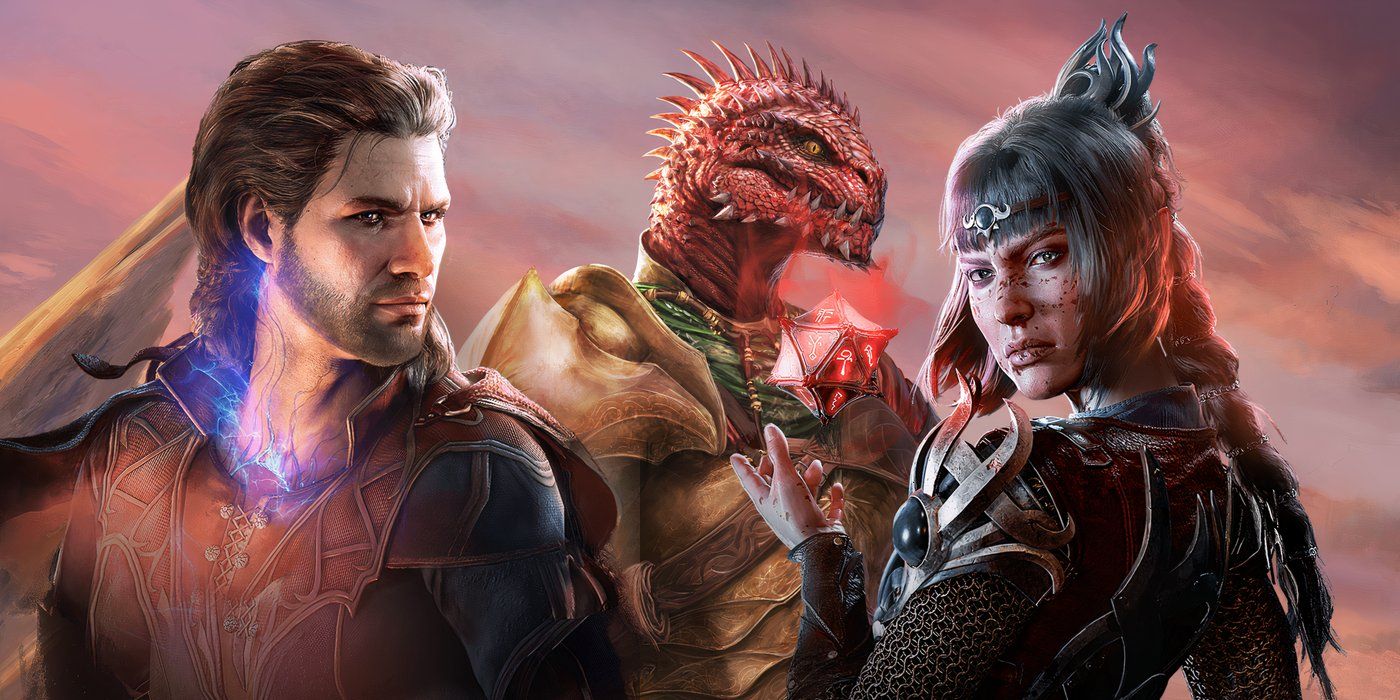
BG3‘s improved graphical fidelity over Divinity: OS2 can be attributed to its newer, propriety engine, Divinity 4.0.
It’s no secret that online play tends to be more difficult to have fun compared to playing D&D in person. Although there are plenty of programs and websites to help with D&D, nothing beats playing in person with models and friends around a table. Not even a BG3 DM Mode could probably top this, but it would be better than staring at a 2D map and grid on something like Roll20. While BG3‘s hypothetical DM mode would have restrictions due to its roots as a video game, as a tool to get people started with D&D, it would be unmatched.
Larian Had Many Reasons Not To Make A DM Mode For BG3
It Doesn’t Work With What Wizards Of The Coast Wants To Do With D&D

Baldur’s Gate 3 took a long time to develop, especially with the effect the Covid-19 virus and Russia’s invasion of Ukraine had on the world. With Larian pushing up the release window for fear of competing with Starfield (which likely benefited Bethesda in hindsight), there was a lot to accomplish within the time frame and resources available to the studio. Realistically, there wasn’t time to work on a DM mode, and there probably still isn’t, if Larian wants to fully focus on a new IP after Patch 8’s release.
Still, a DM mode for Baldur’s Gate 3 would have been such a relief to those struggling to make online D&D sessions feel as fun as their in-person counterparts. The foundations are there with a character creator perfect for making NPCs, a mod toolkit that could have seen use for importing models, a wealth of enemies already built into the game, and a solid co-op infrastructure. Larian has already proved it can do it with Divinity: Original Sin 2, and it is a shame that these lessons couldn’t be applied to BG3.


